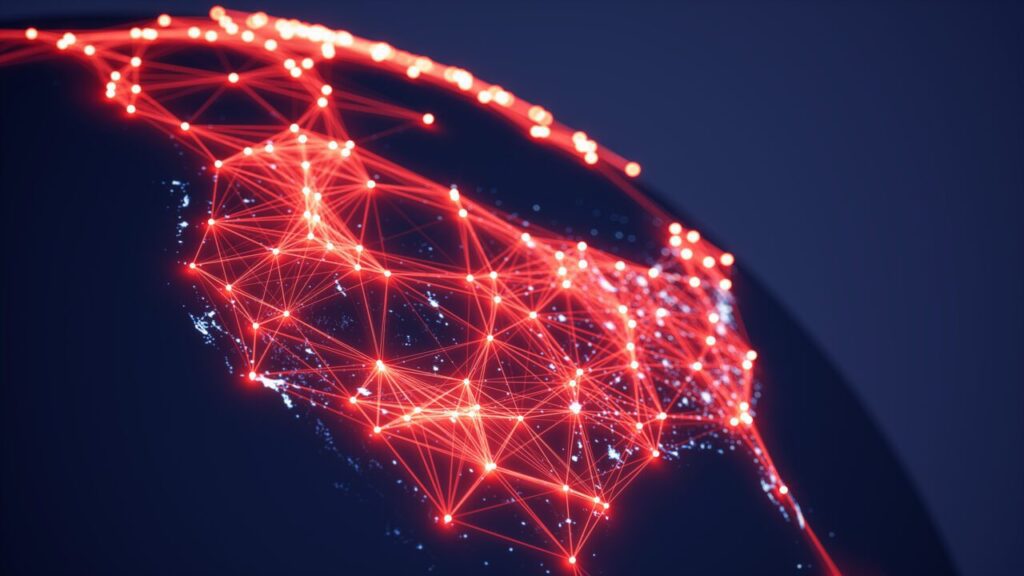
Summary: Just as electricity powers our modern lives through intricate networks, human relationships form a dynamic grid that sustains our social fabric. Let’s explore the fascinating parallels between the power grid in electricity and the complex web of connections that bind us as humans.
Dear Dr. Sylvia,
The other day, we had a blackout in our neighborhood due to a dreadful storm. It left flooded streets and cars that were soggy inside.
Interestingly, my partner and I had a major argument when the lights went out.
Therefore, we went from a power surge of yelling and finger-pointing to a power outage, which left us both speechless and confused.
That is precisely what happened.
We lit a few candles and changed our conflict resolution style.
If the electrical power grid had not faltered, we would have done what we always do: blame the other, what you call JUBLA (judge, blame, attack).
It got me thinking about power and relationships.
I would love to hear your thoughts.
And a big shout out for your book “Dont Bring It To Work. “ I just need a refresher course.
Signed,
Power player
Dear Power Player,
In the intricate dance of connections, the power grid in electricity finds a fascinating parallel in the web of human relationships.
Here are ways to see how electrical and relational power are similar.
The Architecture of Power Grids
Both power grids and human connections rely on a well-organized architecture to function effectively.
The electricity grid encompasses a vast network of generators, transformers, and transmission lines.
Similarly, our human connections form a network of individuals, relationships, and communities. The strength of these networks lies in their ability to transmit and distribute energy or emotions efficiently.
Understanding interdependence is critical to positive actions.
Just as power plants depend on each other to balance the load and maintain stability in the electricity grid, human relationships thrive on interdependence.
Friends, family, and communities rely on each other for support, creating a resilient social structure.
Resilience in diversity is vital to working together.
Diversity is a critical element in both electricity grids and human connections.
The power grid integrates various energy sources, from traditional coal-fired plants to renewable sources like solar and wind.
Likewise, human connections flourish when diverse individuals come together, bringing unique perspectives, experiences, and skills. Embracing diversity enhances the resilience and adaptability of both systems.
Communication and Feedback Loops create intelligent grids.
Effective communication is vital in both power grids and human relationships.
Smart grids use advanced communication technologies to gather data and make real-time adjustments, ensuring stability.
Balancing Acts work when there are practical listening skills.
Maintaining balance is a common challenge for both power grids and human connections.
In electricity, the grid operators constantly monitor and adjust the flow of energy to prevent overloads or shortages.
Likewise, in relationships, individuals must navigate the delicate balance of giving and receiving, ensuring no one feels overwhelmed or neglected.
Adaptability to change is required.
Both power grids and human connections must adapt to change for long-term sustainability.
As technology evolves, electricity grids incorporate innovations for increased efficiency and reliability.
Similarly, human relationships must embrace change, adapting to life’s challenges and evolving circumstances to remain strong and vibrant.
Create a relationship power grid at work for ultimate success.
Both systems rely on collaboration, diversity, communication, and adaptability to thrive.
Recognizing these similarities can deepen our understanding of the importance of fostering strong, interconnected communities that, like a well-managed power grid, power the vitality of our shared human experience.
To your success,
Sylvia Lafair
PS. Get a copy of “Don’t Bring It To Work” and check out my four-module online program, “Total Leadership Connections,” where coaching sessions are included.


